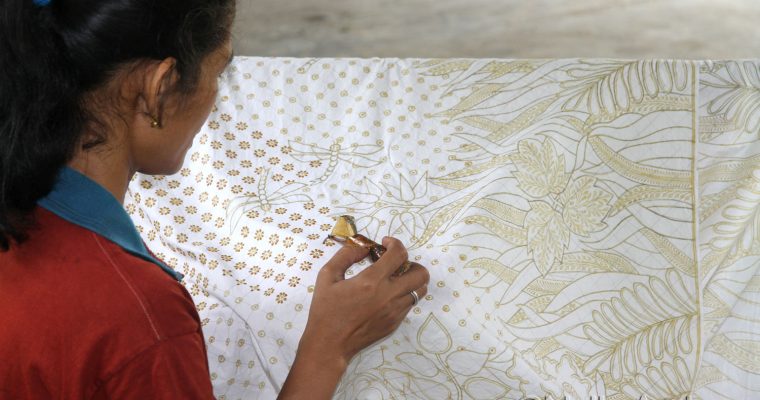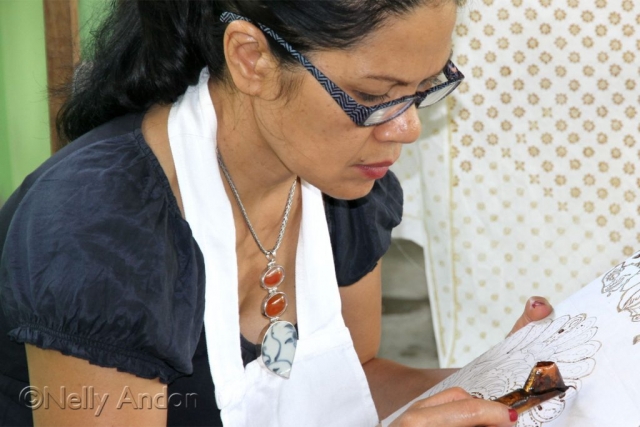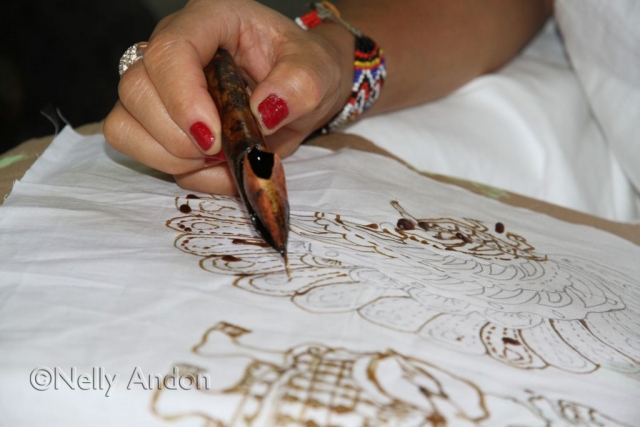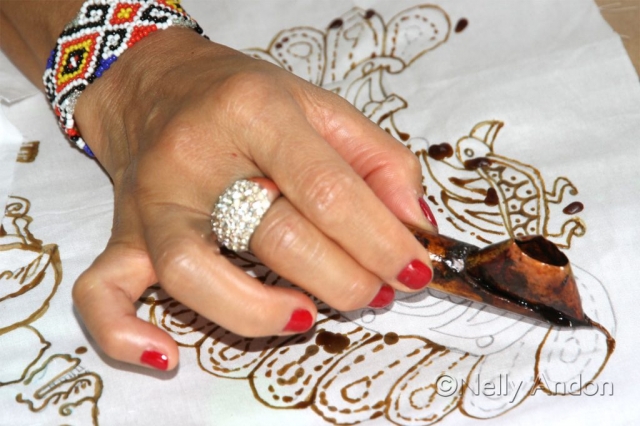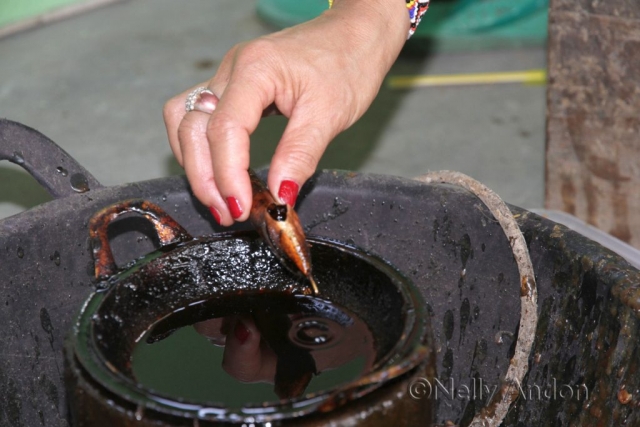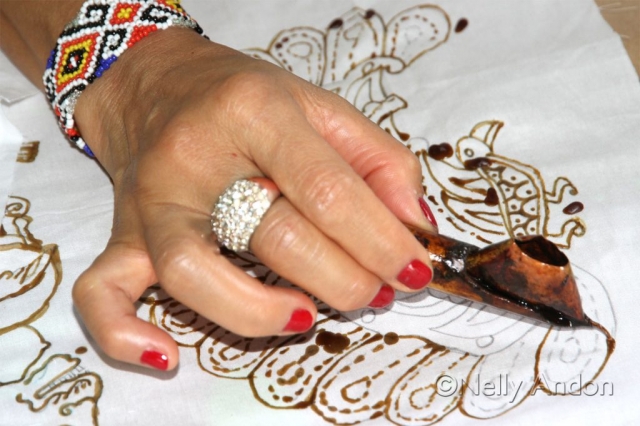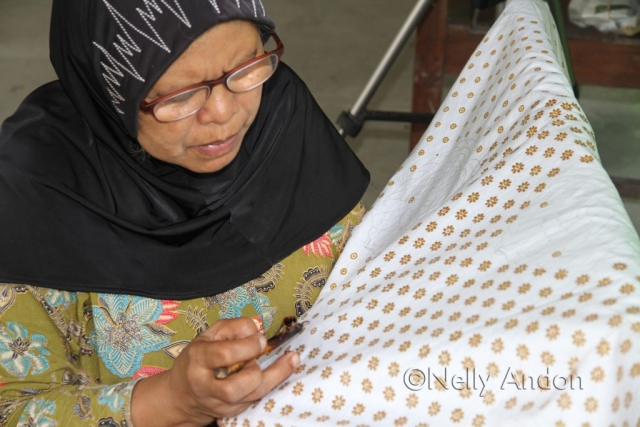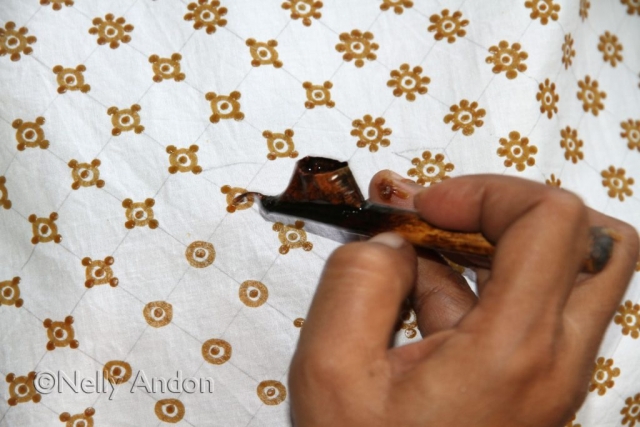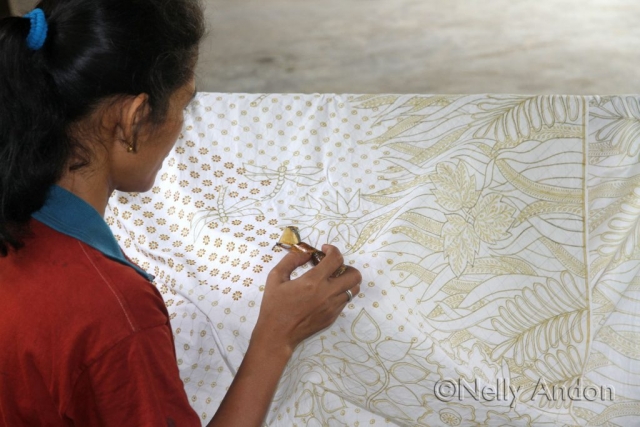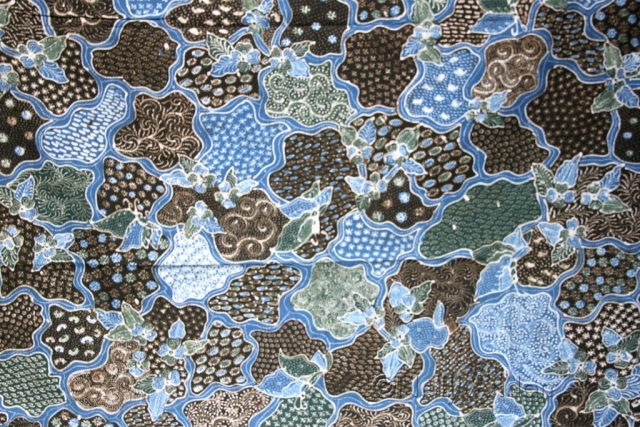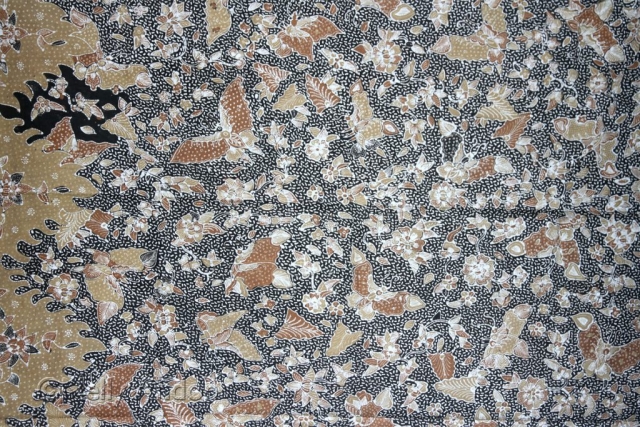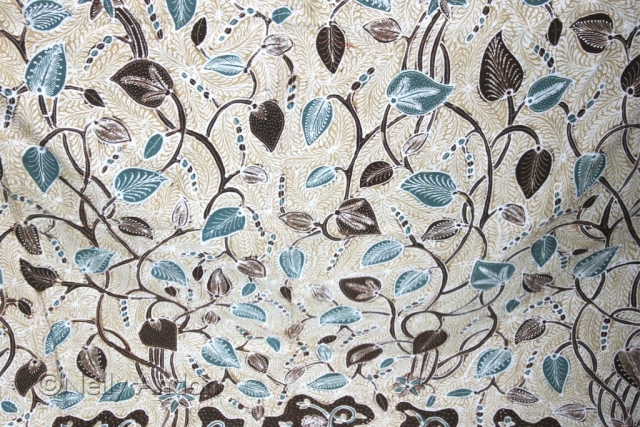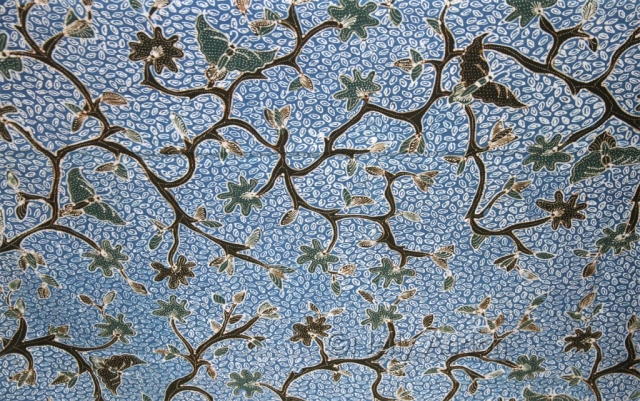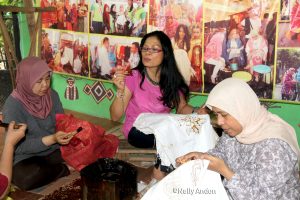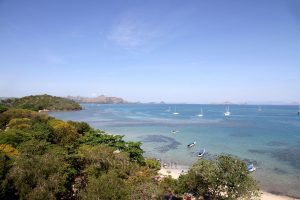I had been dreaming to make a real Yogja Batik for years and to finally be here in Yogjakarta and learned to make batik from batik expert of this region, was a dream come true. Yogjakarta is one my favourite places, I used to visit this city a lot when I lived here in Indonesia. I love everything about this place; the culture, the people, the countryside, the food, the markets, the batik, and oh…gosh… Malioboro, who wouldn’t love Malioboro?
I travelled here to Yogja this year with one of my best friends, Sadrah Prihatin. Sadly we had to travel our separate ways, I flew and she took the train, as she doesn’t like flying, but worked Ok with that arrangement. Being in a place like Jogja with one of your best friends and learning how to do Batik together, was truly special and priceless. We both enjoyed the course so much, we both went a bit crazy at times, laughing too much during the application of the wax, hence drips of wax dripped all over the cloth we were working on. We believe that learning things should be fun, especially for novices like us. My hand coordination was pretty shaky at first but got more steady after an hour so. The two batik artists who guided us on the day were very nice and patient with us. We had such great fun with these ladies. They were probably got a little bit fed with us at times, as we asked too many questions along the way.
Through mba (sister) Noor, the manager of the Batik studio we heard a lot of amazing stories on the latest development of batik production in Yogjakarta. She told us that right up the year of the Mount Merapi eruption in 2010 which killed hundreds of people, most batik artisans were just treated as slaves, where their work was undervalued by big businesses and the middlemen. Businesses in the city used to send their cotton (the textile used for the based on making batik) through the middlemen already drawn on (required designs were applied on the cloth). These textiles were then taken to the villages where all the batik artists reside and had them canted (waxed). Once the waxing was completed, then the textiles would be taken back to the city for dying (colouring). Most of the artisans were paid very low wages, barely enough to feed their family. This system went on for decades until the explosion of Mount Merapi in 2010. To many Batik artists and small businesses in Yogjakarta today, this disaster brought some blessings with it. After the explosion, many NGOs were offering services and support to sort out the problems in Jogja and many of them were offering support in putting Jogjakarta back on its feet. Many of these charities offer to support Batik production, providing financial support to start small batik production businesses to groups of batik artisans. Through this charity projects, they were taught to create batik from beginning to end, including batik dying, learning how to do natural colours, etc. The result of these projects was truly unbelievable, where today you will find so many batik producing villages with independent businesses, thriving and very successful. Studio Berkah Lestari is one of those independent small businesses, and it’s doing very well.
Although batik artists have a better life now and are financially more able compare to the time before the Mount Merapi disaster, they are still get paid very little for the hard work they put into producing Batik every day. Some of them still get paid below Indonesia’s minimum wages. The slavery culture would probably continue for a long time to come unless the world stops treating them like slaves and people like you and me would stop valuing batik textiles as just ordinary textiles. They are the artists and they should be given a fair share of their hard work. A few people reading this, we would probably just say “There is no such thing as fair in this world”. The saga continues!!
We will be arranging batik making trip to Indonesia in the near future, please contact me for more details.
